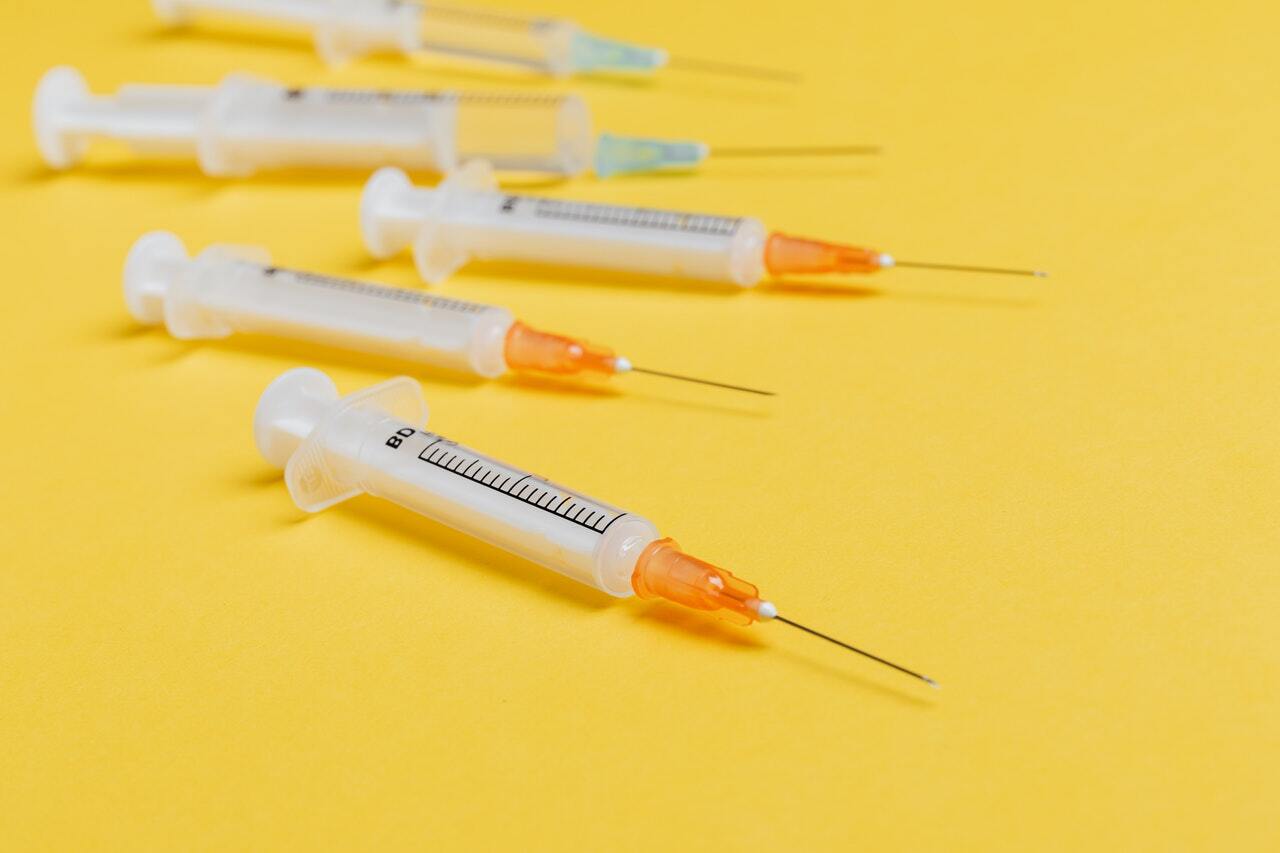
The integumentary system is a remarkable and intricate organ system that plays a vital role in protecting and maintaining our bodies. Comprising the skin, hair, nails, and glands, this system acts as a shield against external threats while also regulating temperature, detecting sensations, and promoting overall health.
In this article, we will explore 10 astounding facts about the integumentary system that will leave you in awe of its complexity and importance. From the incredible regenerative capabilities of our skin to the surprising functions of our hair and nails, this journey through the wonders of the integumentary system will offer fascinating insights into this remarkable biological system.
Key Takeaways:
- The integumentary system is the body’s largest organ system, consisting of skin, hair, nails, and glands. It protects, regulates temperature, and plays a role in vitamin D synthesis.
- Skin, hair, and nails are more than just outer coverings. They help regulate body temperature, produce vitamin D, and play a role in sensory perception.
The integumentary system is the largest organ system in the human body.
The integumentary system consists of the skin, hair, nails, and associated glands. It covers the entire body surface, making it the largest organ system in terms of both surface area and weight.
Skin is the primary organ of the integumentary system.
The skin is a complex organ that serves as a protective barrier against external factors such as UV radiation, pathogens, and physical trauma. It also regulates body temperature and plays a role in the synthesis of vitamin D.
Hair is composed of a protein called keratin.
Hair is made up of dead keratinized cells that originate from hair follicles in the skin. It serves various functions, including insulation, protection, and sensory perception.
Nails are made of a hardened protein called keratin.
Nails are formed by the specialized cells of the nail matrix. They protect the fingertips and enhance the dexterity of the fingers.
The integumentary system plays a crucial role in thermoregulation.
The blood vessels in the skin regulate heat loss and heat gain, helping to maintain a constant body temperature. Sweat glands also aid in cooling the body through the process of evaporation.
Melanocytes in the skin are responsible for skin color.
These specialized cells produce a pigment called melanin, which determines the color of the skin, hair, and eyes. The amount and type of melanin produced vary among individuals.
The skin has different layers: epidermis, dermis, and hypodermis.
The epidermis is the outermost layer, providing protection and serving as a waterproof barrier. The dermis contains blood vessels, nerve endings, and other structures. The hypodermis, also known as the subcutaneous tissue, consists of fat cells that provide insulation and cushioning.
Sebaceous glands produce sebum.
Sebum is an oily substance that helps moisturize the skin and hair. It also has antimicrobial properties, protecting against infections.
The integumentary system plays a role in sensory perception.
The skin contains various sensory receptors that detect sensations such as touch, pressure, temperature, and pain. These receptors transmit signals to the brain, allowing us to perceive our surroundings.
The integumentary system is involved in vitamin D synthesis.
When the skin is exposed to sunlight, it synthesizes vitamin D, an essential nutrient for bone health and other bodily functions.
Conclusion
The integumentary system is truly an incredible marvel of the human body. From protecting our internal organs to regulating body temperature and even producing vitamin D, this system plays a vital role in our overall health and well-being. Its complex network of skin, hair, and nails interacts with various organs and systems to ensure our survival and adaptation to the environment.Understanding the integumentary system can help us appreciate the importance of maintaining its health through proper skincare, nutrition, and regular check-ups. By taking care of our skin, we can prevent diseases, promote healing, and maintain our youthful appearance for years to come.So next time you look in the mirror or feel the warmth of the sun on your skin, remember the incredible complexity and functionality of the integumentary system. It is a constant reminder of the intricate beauty and resilience of the human body.
FAQs
1. What is the integumentary system?
The integumentary system is the largest organ system in the human body, consisting of the skin, hair, nails, and various glands. It serves as a protective barrier, regulates body temperature, and helps in the synthesis of vitamin D.
2. What are the main functions of the integumentary system?
The integumentary system has multiple functions, including protection from pathogens and external injuries, sensory perception, regulation of body temperature, excretion of waste products, and synthesis of Vitamin D.
3. How does the skin protect the body?
The skin acts as a physical barrier, preventing the entry of harmful substances and microorganisms into the body. It also contains immune cells that help defend against infections and play a role in wound healing.
4. How does the integumentary system regulate body temperature?
The skin plays a crucial role in regulating body temperature through processes like sweat production and dilation or constriction of blood vessels. Sweat evaporation cools down the body, while vasodilation helps in heat dissipation.
5. Why is it important to take care of the integumentary system?
Taking care of the integumentary system is essential to maintain overall health and well-being. Proper skincare, nutrition, and regular check-ups can help prevent skin conditions, early detection of skin cancers, and promote the healthy functioning of this vital system.
6. Can the integumentary system be affected by diseases?
Yes, the integumentary system can be affected by various diseases, including skin infections, allergies, autoimmune disorders, and skin cancers. It is important to seek medical attention for any concerning skin conditions or abnormalities.
7. How do hair and nails contribute to the integumentary system?
Hair and nails are appendages of the skin and are formed by specialized cells. They provide protection and sensory perception. Hair also helps in regulating body temperature and acts as a barrier against UV radiation.
8. Can the integumentary system repair itself?
Yes, the integumentary system has remarkable regenerative abilities. It can repair minor injuries, such as cuts and bruises, through processes like wound healing and skin cell regeneration.
9. How does the integumentary system interact with other body systems?
The integumentary system interacts with other body systems in various ways. For example, it works closely with the immune system to defend against infections, the skeletal system in providing support, and the endocrine system in vitamin D synthesis.
10. Can the integumentary system reveal any underlying health issues?
Yes, the condition of the skin, hair, and nails can sometimes provide clues about underlying health issues. Changes in the skin’s texture, color, or appearance may indicate certain systemic conditions or deficiencies that require medical attention.
Was this page helpful?
Our commitment to delivering trustworthy and engaging content is at the heart of what we do. Each fact on our site is contributed by real users like you, bringing a wealth of diverse insights and information. To ensure the highest standards of accuracy and reliability, our dedicated editors meticulously review each submission. This process guarantees that the facts we share are not only fascinating but also credible. Trust in our commitment to quality and authenticity as you explore and learn with us.


